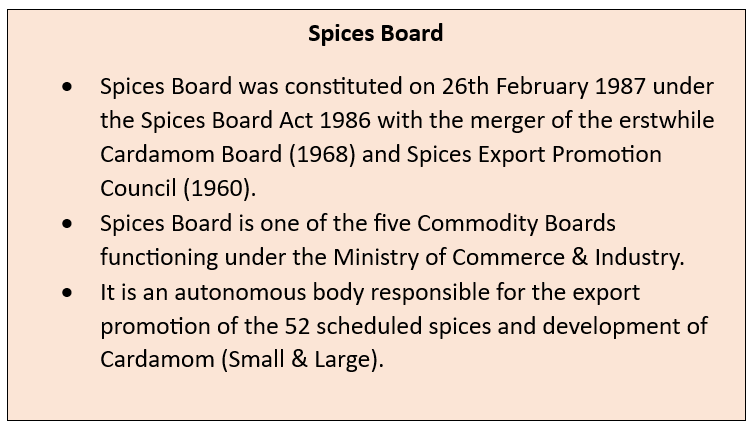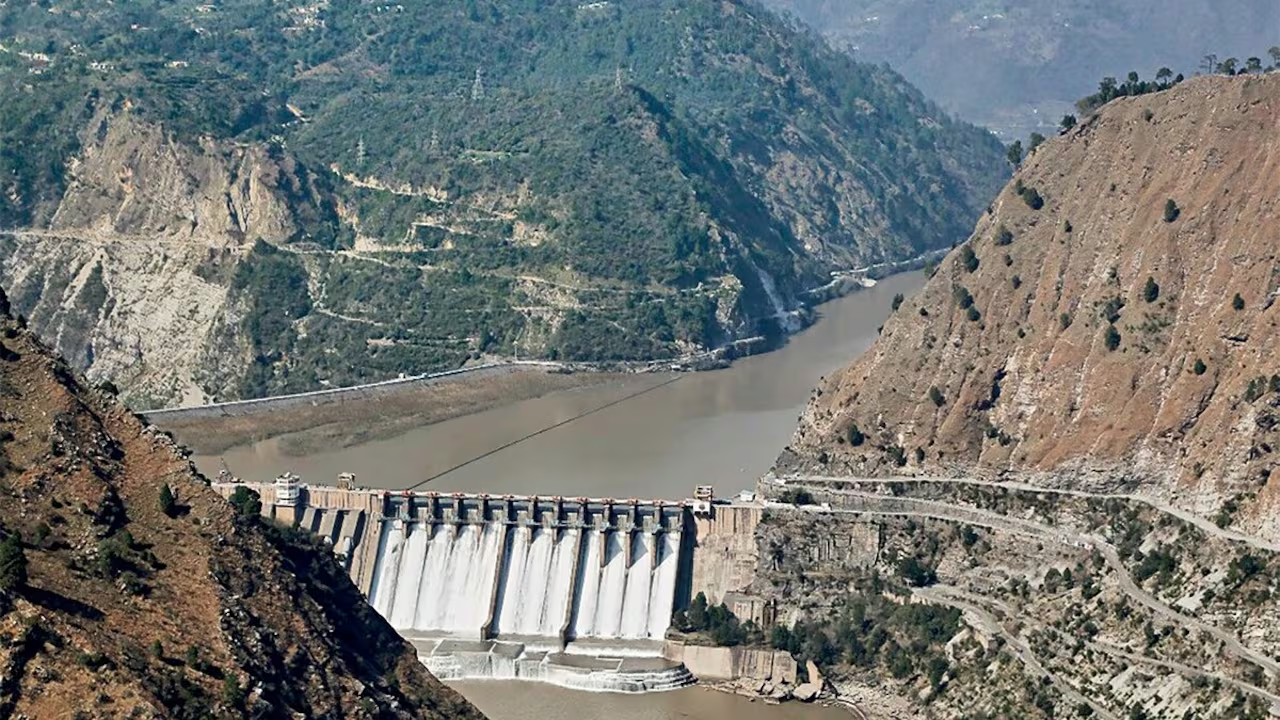- Courses
- GS Full Course 1 Year
- GS Full Course 2 Year
- GS Full Course 3 Year
- GS Full Course Till Selection
- Answer Alpha: Mains 2025 Mentorship
- MEP (Mains Enrichment Programme) Data, Facts
- Essay Target – 150+ Marks
- Online Program
- GS Recorded Course
- Polity
- Geography
- Economy
- Ancient, Medieval and Art & Culture AMAC
- Modern India, Post Independence & World History
- Environment
- Governance
- Science & Technology
- International Relations and Internal Security
- Disaster Management
- Ethics
- NCERT Current Affairs
- Indian Society and Social Issue
- NCERT- Science and Technology
- NCERT - Geography
- NCERT - Ancient History
- NCERT- World History
- NCERT Modern History
- CSAT
- 5 LAYERED ARJUNA Mentorship
- Public Administration Optional
- ABOUT US
- OUR TOPPERS
- TEST SERIES
- FREE STUDY MATERIAL
- VIDEOS
- CONTACT US
NATIONAL TURMERIC BOARD
NATIONAL TURMERIC BOARD
05-10-2023
Context
Recently, the Prime Minister announced Sammakka Sarakka Tribal University and National Turmeric Board in Telangana.
More about the news
- In response to a long-standing demand, Prime Minister Narendra Modi announced the creation of a National Turmeric Board to support turmeric farmers.
- He highlighted India’s significant role in turmeric production and emphasized the need for a professional approach in the entire turmeric value chain, given increased global demand post-Covid.
- The new tribal university would be given the name Sammakka-Sarakka in honour of the tribal deities.
- Tribal deities Sammakka and Sarakka fought against the oppression of the Kakatiya emperors.
- Additionally, the National Turmeric Board's establishment will help the turmeric farmers in the Nizamabad district.
- The Telengana district's Nizamabad, Nirmal, and Jagtial districts are well renowned for their extensive turmeric farming.
Features of the Board
- It is the main organisation that promotes turmeric across the world.
- Aims: To encourage farmers throughout India to increase their produce in terms of quality as well as quantity.
About Turmeric
- Turmeric (Curcuma longa): It belongs to the ginger family and is a perennial herb. Since ancient times, people have utilised the plant's underground stems, or rhizomes, as a spice, dye, medicine, and maker of holy objects.
- Significance: Curcumin, a highly visible yellow phenolic molecule with the purported ability to combat cancer, is the primary source of the spice's colour. As a result, there is a greater demand for turmeric which contains a lot of curcumin.
- Climate: In order to thrive, it needs temperatures between 20 and 30 °C (68 and 86 °F) and a sizable amount of annual rainfall.
- Soil: Although it may be cultivated in a variety of soil types, it thrives best in sandy or clay loam soils with strong organic status and a pH range of 4.5-7.5.
- Largest Producer: The world's biggest producer and exporter of turmeric is India. In India, turmeric takes up around 6% of the entire space devoted to spices and condiments.
- Largest Producer State: Turmeric production in India peaked in Telangana in 2018. In that year's rankings, Maharashtra and Tamil Nadu came in second and third, respectively.
- Important states that cultivate include Andhra Pradesh, Orissa, Karnataka, West Bengal, Gujarat, Meghalaya, and Assam.
- Only Andhra Pradesh accounts for 35.0% of total area and 47.0% of total production.
- Varieties: There are several cultivars that can be found in the nation, and they are typically identified by the name of the region where they are grown. The cultivars Duggirala, Tekurpeta, Sugandham, Amalapuram, Erode local, Alleppey, Moovattupuzha, and Lakadong are a few of the well-known ones.
- Uses:
- Foods are flavoured and coloured using turmeric. It is a key component of curry powder.
- The textile sector also uses turmeric as a dye. It is used to make therapeutic ointments, poultices, and oils.
- It has digestive, carminative, tonic, blood-purifying, and antiseptic properties. In cosmetics, it is employed. Biopesticidal activities are seen in the aqueous extracts.




